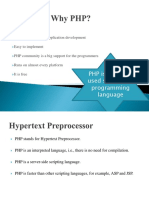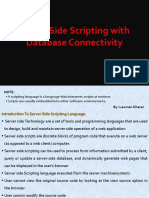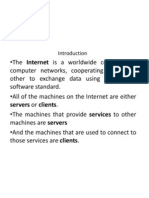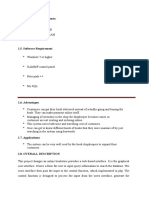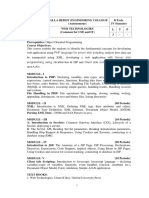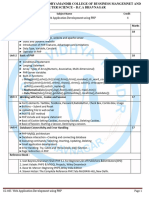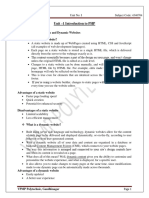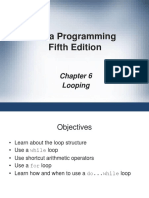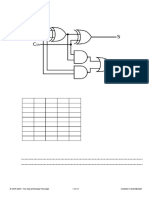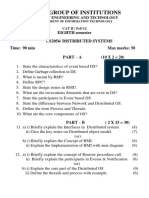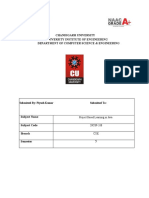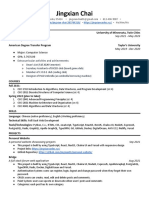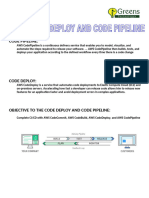0% found this document useful (0 votes)
14 views6 pagesUnit 1php
The document provides an introduction to webpages and websites, explaining the differences between static and dynamic websites, as well as client-side and server-side scripting. It also covers the basics of PHP, including its data types, installation, and configuration, along with an overview of operators and variable types in PHP. Additionally, it discusses open source versus closed source software and introduces other server-side programming languages.
Uploaded by
112308033.gvpCopyright
© © All Rights Reserved
We take content rights seriously. If you suspect this is your content, claim it here.
Available Formats
Download as PDF, TXT or read online on Scribd
0% found this document useful (0 votes)
14 views6 pagesUnit 1php
The document provides an introduction to webpages and websites, explaining the differences between static and dynamic websites, as well as client-side and server-side scripting. It also covers the basics of PHP, including its data types, installation, and configuration, along with an overview of operators and variable types in PHP. Additionally, it discusses open source versus closed source software and introduces other server-side programming languages.
Uploaded by
112308033.gvpCopyright
© © All Rights Reserved
We take content rights seriously. If you suspect this is your content, claim it here.
Available Formats
Download as PDF, TXT or read online on Scribd
/ 6

